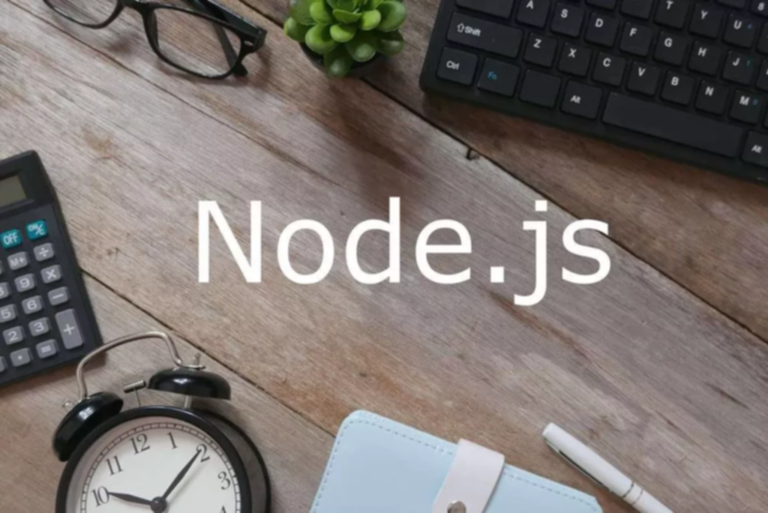In 3-tier and n-tier architectures, none of the layers are impartial; this fact raises a separation of issues. The downside of this conventional structure is pointless coupling. Domain services are responsible https://www.globalcloudteam.com/ for holding area logic and enterprise rules. All the business logic must be applied as a half of domain services. Domain companies are orchestrated by software providers to serve business use-case.
You don’t modify the entity model, it must be the illustration of your database table. What you do is creating a new DTO which inserts your wants and use the service layer to do some enterprise logic to populate that DTO and return it as a result to the controller and to the shopper. How you are going to execute your corporation logic is as much as you, but that’s precisely why you have the service layer. Yes, principally the complete Identity enterprise logic is extracted into a service layer and we settle for only the end result back inside the motion. It is the easiest approach to deal with these situations with out introducing extra complexity to the project. For me, having that further complexity is not necessary thus the solution is as is.
Tips On How To Build Microservices Utilizing Onion Architecture: Hands-on Expertise
The Service layer sits right above the Domain layer, which means that it has a reference to the Domain layer. The Service layer is cut up into two projects, Services.Abstractions and Services. Notice that we’re setting the CancellationToken argument as an optional value, and giving it the default worth.

The domain mannequin is on the center of Domain-Driven Design or development, which thoroughly understands a domain’s procedures and regulations. It creates software for classy necessities by intently connecting the implementation to a altering model of basic enterprise concepts. Notice, that the largest file is the one for the infrastructure layer.
Layers Of The Onion:
The recognition of microservices is growing as a end result of range of benefits they offer to builders and companies. In this article, I will tell you about my experience of using onion architecture with a harmonized combination of DDD, ASP.NET Core Web API and CQRS for building microservices. Thank you 😉 It is dependent upon the project, builders, indeed. I simply think that the repository sample (splitting repositories per entity class) is overrated.

Regarding managers, within the repository layer, it acts as a UoW. Just, you don’t have those ConfigureServiecs and Configure methods, but a builder object that you use to access the Services collection or to register a middleware contained in the pipeline. Our Web API guide is totally up to date with .NET 7, utilizing Onion Architecture, with the SQL database, so you might give it a look, it’s going to help you for certain. The problem I’m facing is there is I really have lots of additional validation that usually requires calling a service. So whereas I can do simple validation automatically with attributes I often have to do much more within the controller before I’m pleased passing those user equipped information into the Service layer.
Also, since you reference a service layer in the principle project and if you use mappings within the service layer as properly, then install it within the service layer. But, I think, you shouldn’t be doing any mappings inside the Presentation layer (controllers). Keep all of onion software architecture the mappings within the service layer and return the required results to your controllers. There are more examples, but hopefully, you get the thought. It is the outermost layer and contains peripheral aspects such as UI and tests.
What Are The Layers Of The Onion Architecture?
Data codecs used in an API can vary from these utilized in a DB for persistence. Whenever information crosses layers/boundaries, it must be in a form that is handy for that layer. API’s can have DTO’s, DB layer can have Entity Objects relying on how objects saved in a database range from the domain mannequin. It refers to the business information that our software program is attempting to mannequin. Domain-Driven Design centres on the domain mannequin that has a wealthy understanding of the processes and rules of a website.
The major concept behind the Onion architecture is the flow of dependencies, or rather how the layers interact with one another. The deeper the layer resides contained in the Onion, the less dependencies it has. The Onion architecture is a form of layered architecture and we are in a position to visualize these layers as concentric circles. The Onion structure was first launched by Jeffrey Palermo, to overcome the problems of the normal N-layered architecture method. When adjustments are needed, developers can focus on the relevant layer, making the codebase more modular and understandable.
Reader, Copy and so on. The classes, relations and interactions between them describe the core of the domain of the application, i.e. what business wants it fulfils and in what method.

We’ve shown you how to implement the Domain layer, Service layer, and Infrastructure layer. Also, we’ve shown you the Presentation layer implementation by decoupling the controllers from the main Web software. The fascinating half with the ServiceManager implementation is that we are leveraging the facility of the Lazy class to make sure the lazy initialization of our companies.
Presentation Layer:
The goal is to boost coupling inside a vertical slice across layers whereas minimizing coupling across layers. Each layer has a distinct responsibility, ensuring that business logic remains decoupled from infrastructure or presentation issues. This separation improves code maintainability and facilitates testing.
Developers need to establish and isolate the core enterprise logic, separate considerations into distinct layers, and establish proper dependencies. At deeper layers, we define abstract interfaces, while at the prime layer, we give their concrete implementation. By doing this, we can keep our consideration on the domain mannequin and lessen our concern about implementation points. We can also use dependency injection frameworks like Spring to hyperlink interfaces with implementation at runtime. For Example, Infrastructure layer implementations include external services used in Application Services and repositories used in the domain. Onion architecture is constructed on a website mannequin by which layers are connected via interfaces.
Business logic can’t perform if information entry isn’t there. I’m deliberately ignoring infrastructure right here as a outcome of this usually varies from system to system. We often don’t hold systems up-to-date as a outcome of it’s inconceivable to do.
- We typically don’t hold techniques up-to-date because it’s impossible to do.
- E.g. for smaller applications that don’t have lots of business logic, it may not make sense to have domain providers.
- It emphasizes the use of interfaces for conduct contracts, and it forces the externalization of infrastructure.
That consists of a lot of the client-side purposes including Blazor WebAssembly. Also in our security e-book, which yow will discover on the identical hyperlink we combine ASP.NET Core Identity with IdentityServer4/Duende so every thing is roofed there as well. Just modify the access level of the OwnerService if it is inside in your app. My previous experience with EF was not one of the best, therefore perhaps the animosity I might have shown. Also, when you say that you at all times create the db first, I actually have nothing against that, in any respect I even support that, for me, that is equally good as utilizing migrations.
Constructing The Onion
The core code doesn’t care about the exterior code and doesn’t must know what person interface or database, solely the category or form of data. The utility core is coupled to those interfaces but not the precise information access code. This means, we have the ability to vary code in any outer layer with out affecting the appliance core.
They are NOT sometimes CRUD companies and are normally standalone companies. This also comes in line with the preferences expressed by Martin Fowler. We can write enterprise logic without concern about any of the implementation particulars. If we need something from an external system or service, we can simply create an interface for it and devour it.
Onion architecture is a software program design sample that structures applications into concentric layers, resembling the layers of an onion. The innermost layer represents the core enterprise logic and domain entities, while successive layers encapsulate software providers, interfaces, and external dependencies. Each layer/circle encapsulates or hides internal implementation particulars and exposes an interface to the outer layer. All layers also need to provide info that is conveniently consumed by inner layers. The goal is to minimize coupling between layers and maximize coupling within a vertical slice throughout layers. We outline abstract interfaces at deeper layers and provide their concrete implementation at the outermost layer.


